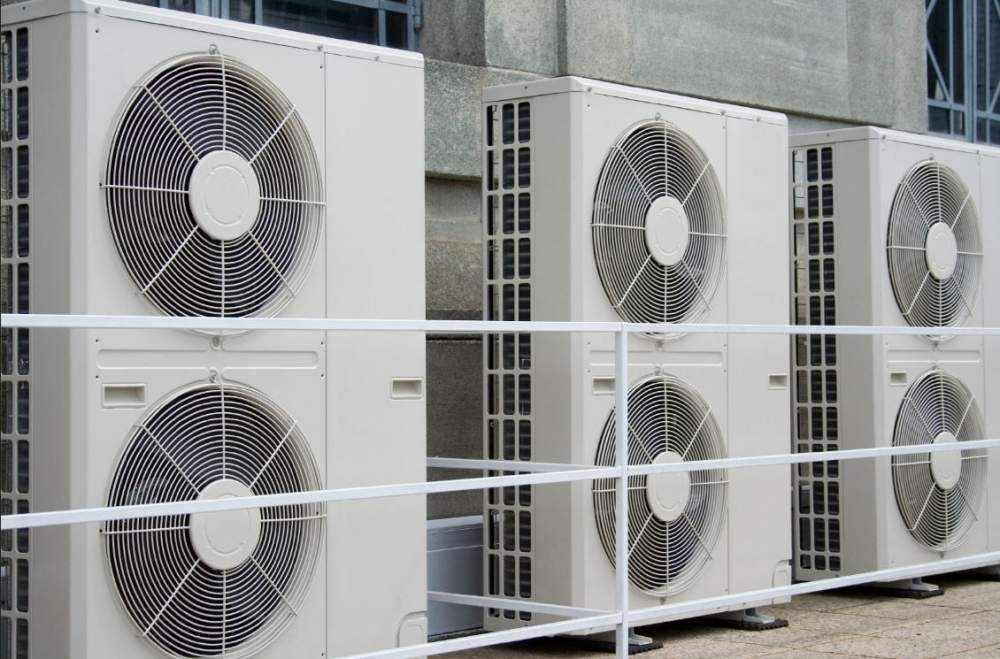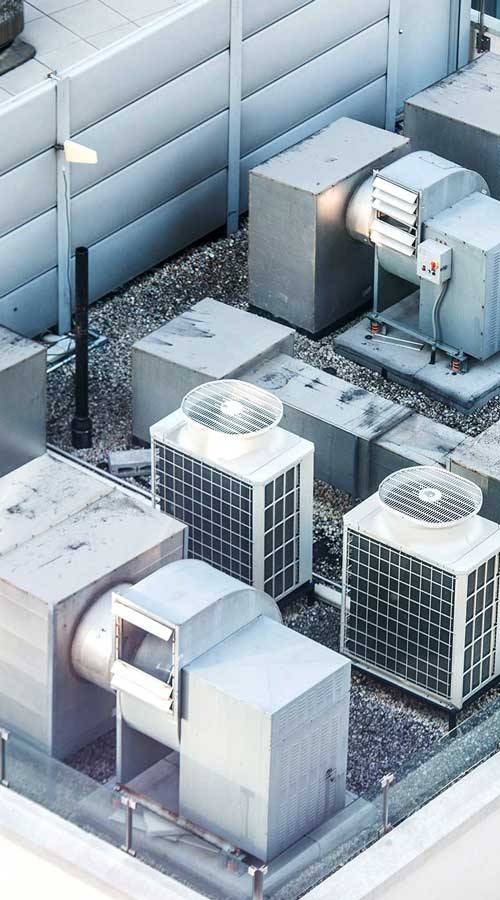HVAC/R
What is HVAC/R?


Understanding HVAC/R: Beyond the Acronym
Heating
Heating, the foundational component of HVAC/R, serves a fundamental purpose—keeping spaces comfortably warm, especially during colder months. This is achieved through various heating mechanisms, including central heating systems, electric heaters, and even radiant floor heating. Heating systems work to maintain a consistent temperature, ensuring inhabitants are shielded from the chill of winter.
Ventilation
Ventilation is an essential component of indoor air quality. It involves the exchange of outdoor and indoor air to maintain a healthy atmosphere. Ventilation systems remove stagnant air, pollutants, and excess moisture while introducing fresh air. Proper ventilation not only prevents the buildup of contaminants but also regulates humidity levels, creating a comfortable and healthy living environment.
Air Conditioning
Air conditioning, often referred to as AC or cooling, is synonymous with providing respite from scorching temperatures. AC systems work by extracting heat from indoor air and releasing it outside, resulting in a cooling effect. Central air conditioning units, window units, and split systems are among the various technologies employed to ensure indoor comfort during hot weather.
Refrigeration
The Inner Workings: Technologies Behind HVAC/R
Behind the scenes, HVAC/R systems are powered by a range of technologies and components that work in harmony to achieve their goals.
- Thermostats and Controls: These devices serve as the brains of HVAC/R systems, regulating temperature and allowing users to set preferences.
- Heat Pumps: Heat pumps are versatile devices that can provide both heating and cooling by extracting heat from one area and transferring it to another.
- Compressors: Compressors are the heart of air conditioning and refrigeration systems. They compress refrigerant gases, facilitating the heat exchange process.
- Fans and Blowers: Fans and blowers circulate air, ensuring proper ventilation and even distribution of conditioned air throughout spaces.
- Evaporators and Condensers: These components facilitate the conversion of refrigerant from a gas to a liquid state and vice versa, enabling heat transfer.
- Ductwork and Vents: Ducts and vents are responsible for the distribution of heated or cooled air throughout buildings.
- The Green Evolution: Energy Efficiency and Sustainability
As the world grapples with environmental concerns, HVAC/R systems have undergone a transformative journey toward energy efficiency and sustainability. The concept of “green HVAC/R” involves the integration of technologies that reduce energy consumption, minimize environmental impact, and prioritize renewable energy sources. From energy-efficient cooling units to smart thermostats that optimize usage, the green revolution of HVAC/R is a testament to the industry’s commitment to sustainability.

